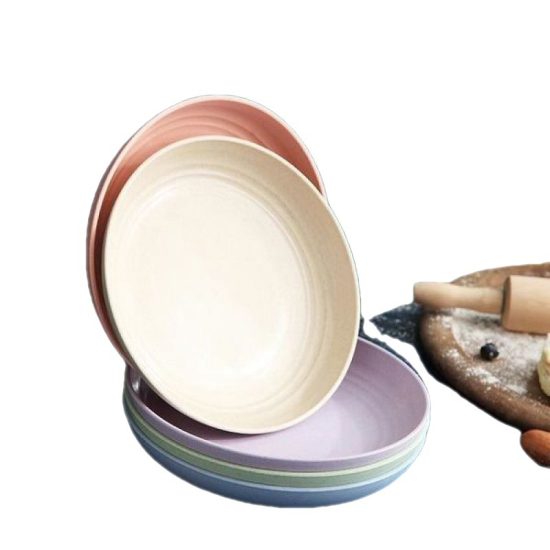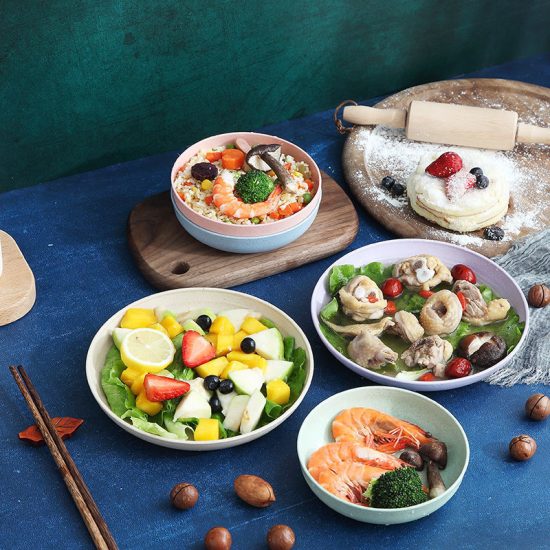The evolution of teapots is a fascinating journey that spans centuries and encompasses various cultures and historical periods. Teapots have evolved in design, materials, and functionality, reflecting changes in tea-drinking habits, technological advancements, and artistic influences. Here is an overview of the key stages in the evolution of teapots:
- Ancient Origins: Tea drinking originated in ancient China around the 2nd century BCE, where tea was initially prepared by whisking powdered tea leaves. As tea consumption spread, various methods of tea preparation emerged. The first teapots were likely small earthenware vessels designed for steeping tea leaves and then pouring the infused liquid.
- Yixing Clay Teapots: In the 16th century, the distinctive Yixing clay teapots from China emerged. Made from purple clay found in the Yixing region, these teapots gained popularity for their porous nature, which allowed them to absorb and retain the flavors of tea over time. Yixing teapots were often unglazed and adorned with intricate designs, reflecting the aesthetics of the Ming and Qing dynasties.
- Silver Teapots: During the 17th and 18th centuries, silver teapots became fashionable in Europe. Influenced by the trade with the Far East, European silversmiths crafted elaborate teapots in various styles, often adorned with ornate engravings and embellishments. Silver teapots were valued for their elegance, conductivity, and ability to retain heat.
- Industrial Revolution and Mass Production: The Industrial Revolution in the 18th and 19th centuries brought significant changes to teapot production. Technological advancements, such as the invention of casting machines, allowed for the mass production of teapots. Teapots became more affordable and accessible to a wider audience.
- Porcelain and Ceramic Teapots: Porcelain and ceramic teapots gained popularity in the 18th and 19th centuries, with Europe, particularly England and Germany, becoming major producers. Porcelain teapots were known for their delicate beauty and the ability to showcase intricate hand-painted designs. Ceramic teapots offered a more robust and practical option.
- Art Nouveau and Art Deco Influence: In the late 19th and early 20th centuries, teapot designs were influenced by the Art Nouveau and Art Deco movements. Teapots featured flowing lines, organic shapes, and geometric patterns. Artists and designers experimented with innovative materials and techniques to create visually striking and avant-garde teapot designs.
- Mid-Century Modern and Contemporary Designs: The mid-20th century saw the emergence of sleek and minimalist teapot designs, influenced by the Modernist movement. Teapots featured clean lines, simple forms, and functionality. Contemporary teapot designers continue to explore new materials, shapes, and styles, pushing the boundaries of teapot aesthetics and functionality.
- Integration of Modern Technology: With advancements in technology, teapots have incorporated innovative features. Electric teapots with built-in heating elements, temperature controls, and automatic steeping functions have become popular for their convenience and precision. These teapots aim to simplify the brewing process while maintaining the essence of traditional tea enjoyment.
The evolution of teapots reflects the dynamic interplay between cultural traditions, artistic influences, technological advancements, and changing lifestyles. From the ancient earthenware vessels to the modern teapots that blend tradition and innovation, teapots have continuously adapted to meet the needs and preferences of tea enthusiasts worldwide.


